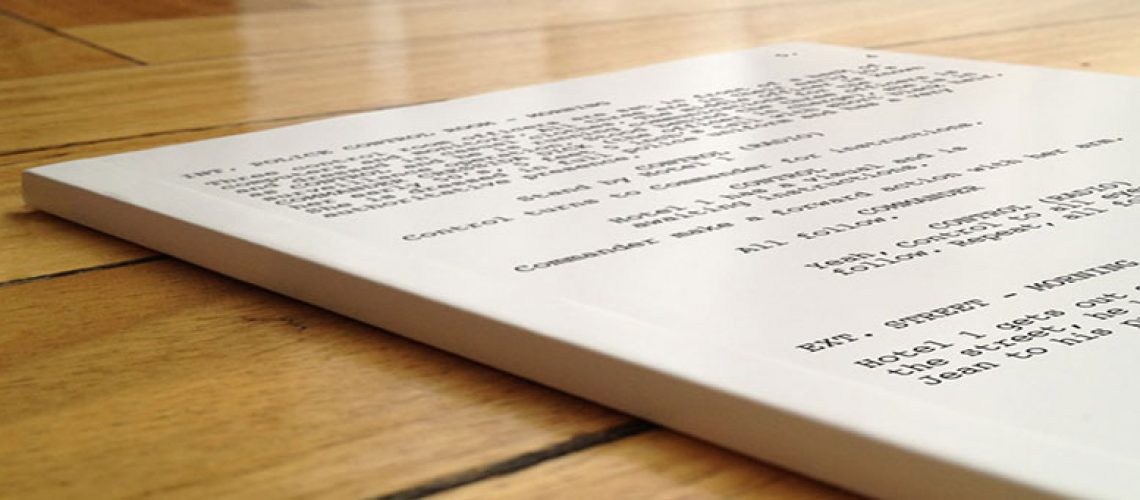In Aspects of the Novel, novelist E.M. Forster wrote, “The king died and then the queen died. The king died and then the queen died of grief.” The first sentence describes two events of a story, while the second sentence describes two events of a plot. As many writers and critics have noted, the essential difference between a story and a plot is that a story is a series of chronologically ordered events while a plot is a series of causally related events. Think of dominos being placed flat next to each other one by one in a line versus a standing domino flicked against another standing domino, knocking it down against the next domino and against the next, and so on and so on down a long line of dominos.
Here is longer example of a story, from the life of Jesus. Jesus is baptized by John the Baptist. He enters Jerusalem to preach. He is betrayed by Judas. He is crucified. The basic structure of this chronology is: this happened, then this happened, then this happened, and so on, like a news report. Because of its high stakes, intrigues and brutal tragedy, this story is dramatic. Often, however, stories fail because they are only a chronicle of events, a series of loosely connected episodes. Stories often lack direct and long-term back and forth conflict between two lead characters. A news story, for example, is a story, not a plot. And nor is a history or a biography.
Chronicle stories can be very dramatic and sometimes they are the only way a specific story, because of its genre and nature, can be told. See for example The Odyssey, High Noon and The Searchers. I believe, however, that plots are generally more dramatic than *episodic chronicles (*which is what most memoirs and biographies are).
When starting to develop your new story, one of the most basic choices you will face is: Will I structure my events as a story or as a plot? If you choose to construct a plot, one key way to guide this is to create your central conflict as a clash between character A and character B. After doing this, you will then need to organize these character’s choices and actions as a back and forth line of conflict between them. Here is a simple (imaginary) example of that: In a western, character A, a Saloon Owner, wants to take over the town. He orders his thugs to drive character B, the Marshal, out of town. The thugs threaten the Marshal and his allies. The Marshal reacts by confronting the thugs and arresting them. The Saloon Owner now reacts by hiring a famous gunfighter to kill the Marshal, who he challenges to a showdown. The Marshal responds and kills the gunfighter. Needing evidence that the Saloon Owner is behind these threats to his life and town, the Marshal has a sidekick work for the Saloon Owner to uncover the truth. The Saloon Owner exposes this spy and in reaction he…. And so on back and forth, action-reaction, between these two antagonists.
You get the picture: a plotline, on a very simple level, is an escalating, back and forth conflict between a protagonist and an antagonist over a long series of logically related choices and actions. Such a plot-based structure creates drama because two distinct, personal and motivated forces are actively battling each other. This allows great suspense, strong character conflict, and forces your characters to make harder and more perilous choices as their conflict progresses. The plot is climaxed in a direct, personal and final confrontation where one character defeats the other. *Episodic chronicles can be fascinating and engaging, but they’re not inherently dramatic. Not often. And if they’re not dramatic and the character isn’t a world famous figure, then producers will struggle to find the money.
By explicitly deciding if your script is a plot or a story, you the writer better understand and control the best way to organize your characters’ choices and actions. To see just a few good examples of the character A vs. character B nature of a plot, watch Die Hard, Shane, Notorious, and Les Miserables.
Scott McConnell
Learn more about writer/script consultant Scott McConnell at: https://www.linkedin.com/in/scottamcconnell
